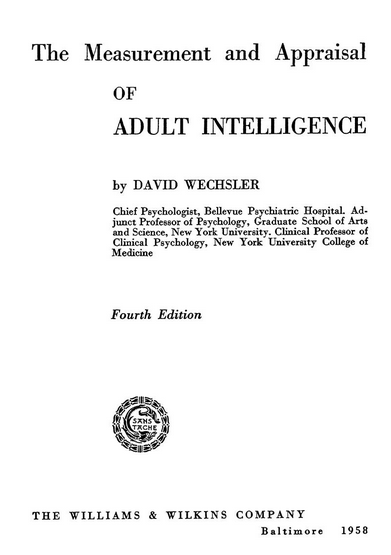Russell Warne has a new post: Implications of average group differences for the design of intelligence tests He writes: The implication is that if test creators can force an average difference to disappear for one pair of groups (i.e., males and females), then any differences or lack of differen
emilkirkegaard.dk
It should be noted that this male advantage is consistently present despite efforts by test developers to construct tests on which males and females obtain the same IQs. Thus “From the very beginning test developers of the best known intelligence scales (Binet, Terman, and Wechsler) took great care to counterbalance or eliminate from their final scale any items or subtests which empirically were found to result in a higher score for one sex over the other” (Matarazzo, 1972, p. 352); and “test developers have consistently tried to avoid gender bias during the test development phase” (Kaufman & Lichtenberger, 2002, p. 98). The Wechsler tests have reduced the true male advantage by excluding measures of spatial perception and mental rotation on which males obtain higher scores than females by 9.6 and 10.9 IQ points, respectively (Voyer, Voyer & Bryden, 1995); and also by excluding tests of mechanical abilities on which 18 year old males have an advantage of .72d (10.2 IQ points) (Hedges & Newell, 1995). This has been noted by Eysenck (1995, p. 128), who adopted my estimate of a 4 IQ point male advantage: “Allowing for the fact that Wechsler made every effort to equalize IQ between the sexes… we may perhaps say that an IQ difference of four points would be a conservative estimate of the true difference.”











